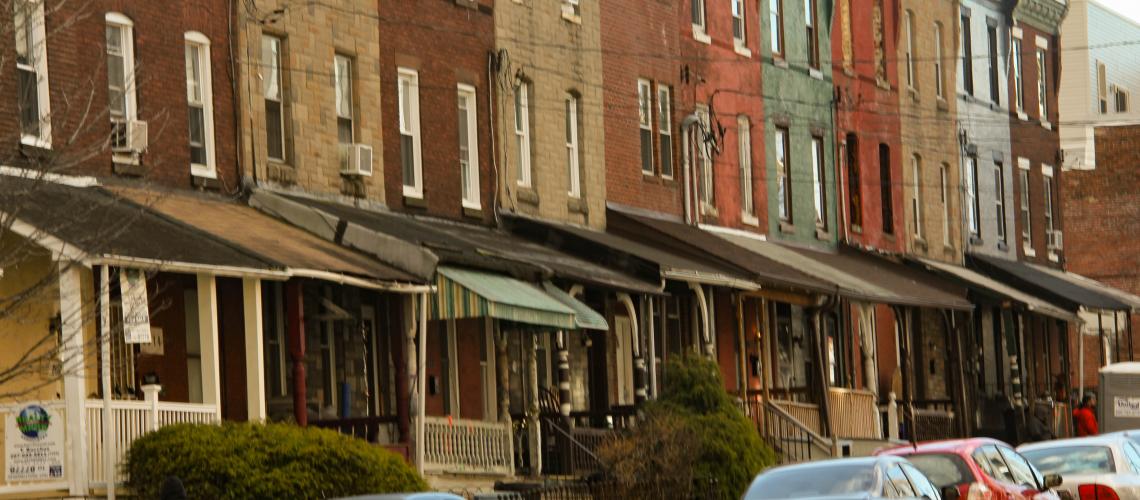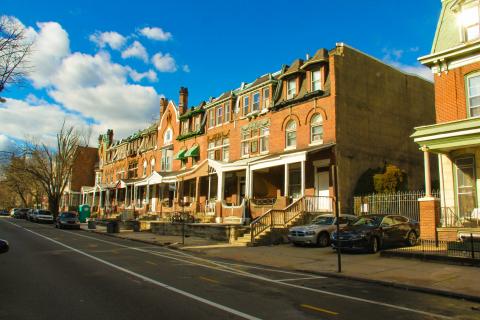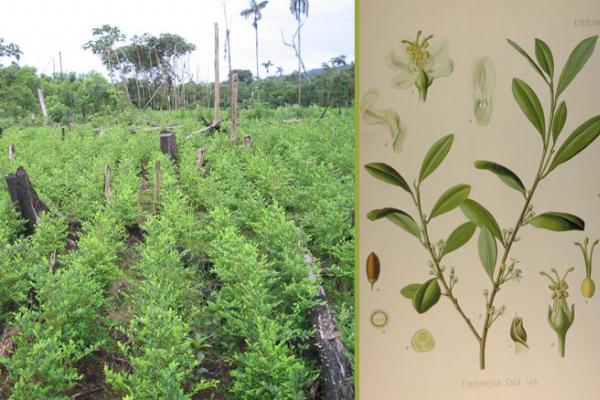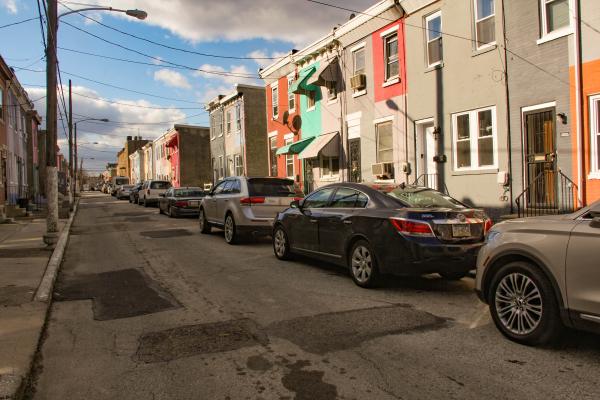Mantua and the Great Migration
Part of
Acceleration of the Great Migration of southern blacks moving north between 1940 and 1950 transformed Mantua from a majority white to a majority black neighborhood, whose population by 1960 was virtually all-African American.
By 1960, the Great Migration of southern blacks moving north to Philadelphia had spurred the growth of Mantua’s population to more than 97 percent of the neighborhood total. In combination, post-World War II discriminatory housing and employment policies, deindustrialization and the city’s loss of manufacturing jobs, and the outflow of city resources to emerging white suburbs “stranded” Mantua blacks in a declining neighborhood whose social fabric was unraveling.
The Great Migration of southern blacks moving north in search of jobs and social mobility contributed profoundly to a dramatic population shift and change in racial composition in Philadelphia: blacks increased their share of the city’s population by 41 percent between 1950 and 1960, raising their numbers to 529,000 (26.4 percent of the general population). By 1960, “non-white” residents accounted for 58 percent of the census tracts north of Market Street, compared to 27 percent for the city.[1]
Mantua’s two census tracts form the contours of the neighborhood. It’s a trapezoid-shaped area bounded by Parrish Street and Mantua Avenue on the north, Mantua Avenue and 31st Street on the east, Spring Garden Street on the south, and 40th Street on the west. Between 1940 and 1950, the African American share of Mantua’s population grew from 45.7 to 78.2 percent, and, by 1960, blacks composed 97.2 percent of a population of 12,044. Between 1950 and 1960, whites withdrew from Mantua, reducing their numbers from 4,208 to 862.[2] (Mantua was part of a wider area of black settlement known locally as “the Bottom.”)
The decades of Mantua’s population transformation saw the calamitous effects of deindustrialization and suburbanization on the North’s “rust belt” cities, including Philadelphia. Redlining practices that limited mortgage spending, coupled with discriminatory federal housing polices, denied blacks access to suburban housing markets and jobs—and to financial resources that would have improved the condition of the inner-city neighborhoods in which they were now stranded.[3] In the 1950s, 69,000 whites, representing 3 percent of the total population, left Philadelphia for the suburbs.
The historians John Puckett and Mark Lloyd provide the following breakdown drawn from the 1960 and 1970 U.S. censuses:
- In 1960, 10.8 percent of Mantua’s black labor force were unemployed, compared to 2.6 percent of the white workers. Among “nonwhites” counted as employed in 1960, only 1.6 percent were in the category of “professional, technical, and kindred workers,” compared to 5.8 percent of whites.
- That 79.5 percent of household incomes fell below $39,018 (constant 2011 dollars) shows a community that was struggling economically (a poverty index was not reported in the 1960s census). In the 1970 census, Mantua’s poverty rate was reported at 37.2 percent, compared to the city rate of 11.2 percent.
- That 43.6 percent of Mantua’s families were headed by females with no husband present in 1970, compared to 18.9 percent for the city, suggests a breakdown of the neighborhood’s social fabric in the 1960s.[4]
The sociologist Elijah Anderson describes changes in the African American community in Mantua (which Anderson called “Northton” in his book Streetwise) from the 1940s to the 1980s. In an earlier time, the black community was socially if not racially integrated—the different classes mixed freely and easily with each other in the neighborhood’s varied venues: “For instance, on a visit to a local barbershop, it would not have been unusual to see a black doctor, dressed in coat and tie, follow a black factory worker, still in his overalls, into the chair. Living close together, the children of working-class blacks attended school with the children of black lawyers, doctors, and small businessmen; the black churches often worked to help such disparate individuals coalesce into a single congregation.” Yet by the 1970s, Mantua was losing its middle- and upper-income residents to outmigration as opportunities won by the Civil Rights Movement expanded in the wider society. Increasingly, community deterioration both shaped and was formed by the diminishment of the middle class, and the norms, values, and behaviors its members embodied.[5] In addition to this outflow, Mantua was reportedly a “dumping ground for victims of urban renewal,” described as an unsafe harbor for families and individuals who were “shoved out of other areas”[6] in the path of Philadelphia’s urban renewal bulldozers. This movement of people into and out of the neighborhood served to disrupt the community’s “fictive kinship” network of established older residents, colloquially referred to as “old heads,” who took it upon themselves to share their wisdom in ways that “socialize[d] young men to meet their responsibilities with regard to the work ethic, family life, the law and decency.”[7]
[1] Thaddeus P. Mathis, “A Cultural Assessment of Black Power and Social Change in Postindustrial Philadelphia,” in The State of Black Philadelphia, vol. 3, ed. Charyn Tutton and Eric S. King (Philadelphia: Urban League of Philadelphia), 28 (table 3); John L. Puckett and Mark Frazier Lloyd, Becoming Penn: The Pragmatic American University, 1950–2000 (Philadelphia: University of Pennsylvania, 2015), 91; citing socialexplorer.com, Philadelphia County, PA.
[2] Puckett and Lloyd, Becoming Penn, 91.
[3] James T. Patterson, Grand Expectations: The United States, 1945–1974 (New York: Oxford University Press, 1996); Carolyn Adams et al., Philadelphia: Neighborhoods, Division and Conflict in a Postindustrial City (Philadelphia: Temple University Press, 1999); Guian A. McKee, The Problem of Jobs: Liberalism, Race and Deindustrialization in Philadelphia (Chicago: University of Chicago Press, 2008); Kenneth T. Jackson, Crabgrass Frontier: The Suburbanization of the United States (Oxford: Oxford University Press, 1985).
[4] Excerpted as bullet points from Puckett and Lloyd, Becoming Penn, 91.
[5] Elijah Anderson, Streetwise: Race, Class, and Change in an Urban Community (Chicago: University of Chicago Press, 1990), 58–59.
[6] “Mantua Called 'Dumping Ground' For Victims of Urban Renewal," Philadelphia Tribune, 30 March 1966.





